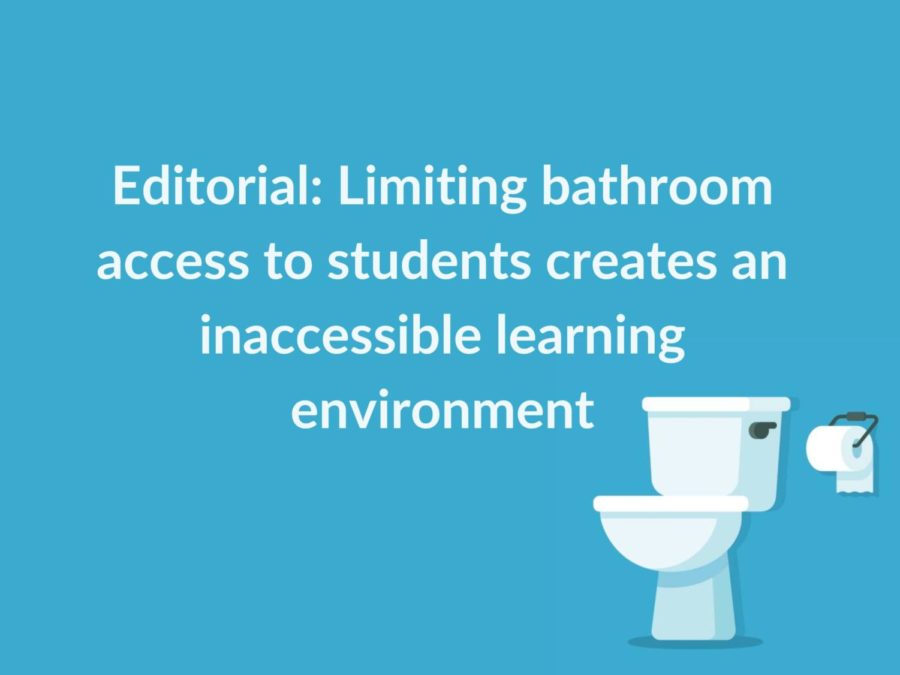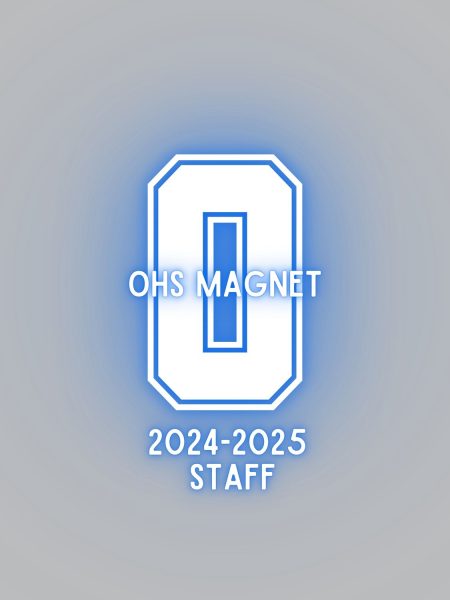Editorial: Limiting bathroom access to students creates an inaccessible learning environment
Bathroom closures at OHS leads to an inaccessible and inconvenient learning environment.
March 9, 2023
As a result of students skipping classes, vandalism and substance usage, Owatonna High School bathroom access has been limited. Throughout the school day, many of the easily accessible bathrooms are locked and students must search to find an open one. In extreme cases, students have to go all the way to the nurse’s office to find an available bathroom.
This lack of accessible bathrooms creates added stress for students, as they have to rush to be able to find an unlocked one during the seven minute passing period. Students who leave class to use the restroom are missing longer amounts of class time and miss out on valuable learning, because they are searching the halls to find an unlocked bathroom. While the closing of bathrooms was intended to reduce skipping class, it results in students spending an increased amount of time in the hallways, rather than in the classroom. An additional frustration is the lack of communication with students as to which bathrooms will be open and which will be locked. If students were aware which bathrooms would be unlocked, they would not have to spend time searching.
According to interfix, the recommended amount of available toilets for students over the age of 11 is one toilet for every 20 people. Owatonna High School currently has 1,434 students enrolled. This means that at any given time, there should be approximately 71 toilets unlocked and available to students. During periods when the majority of bathrooms are locked, there are considerably less than this. At the time this was written, seven bathrooms were locked.
Another issue with only keeping certain bathrooms locked is that it makes the school inaccessible. Students in wheelchairs or on crutches already struggle to get to class on time, now they have to travel multiple levels and wait for the elevator, just to use the bathroom. The expectation that students can wait and use the bathroom during lunch is unfair to students with bowel issues and menstrual cycles, and all students should have an unlocked and readily available bathroom, no matter where they are in the building.
The closing of bathrooms to prevent vaping and vandalism may work as a temporary solution, but does not get to the root of the issue. Instead, it punishes all the students who were uninvolved, and makes their school experience inconvenient and inaccessible.








